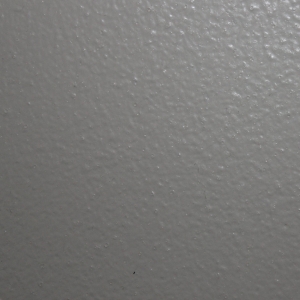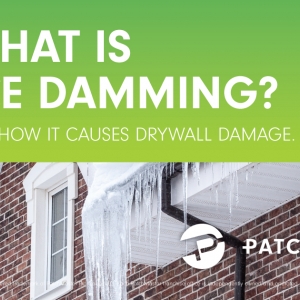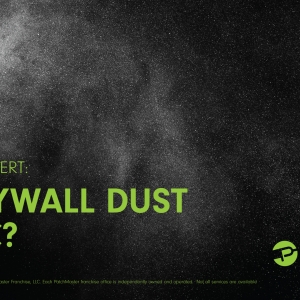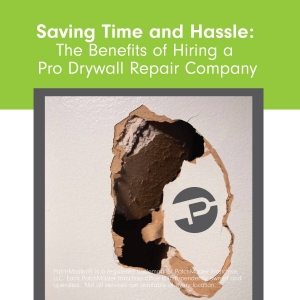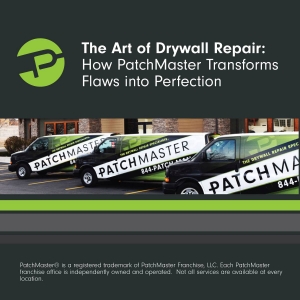Dealing with water damage to drywall can be a challenging task for homeowners, mainly after flooding issues or minor leaks from HVAC stack units during the summer, or ice damming during the winter. However, with the proper knowledge and effective drying techniques, you can restore your drywall to its former glory. This article will explore the dos and don'ts of drying wet drywall after water damage, focusing on scenarios such as flood cuts and minor repairs. Whether you're facing large-scale flooding or smaller incidents, PatchMaster is your go-to expert for superior drywall restoration services.
Understanding Drywall Repair after Water Damage
Before delving into the dos and don'ts of drying techniques, let's first understand the importance of drywall repair after water damage. When exposed to moisture, drywall becomes vulnerable to structural compromise, mold growth, and unsightly water stains. Prompt and efficient drying is crucial to prevent further damage and maintain the integrity of your home's interior.
Dos and Don'ts of Drying Wet Drywall
Dos:
- Act Quickly. Time is of the essence when it comes to drying wet drywall. The sooner you start drying, the better your chances of preventing further damage and mold growth. Contacting a professional drywall restoration company like PatchMaster immediately after water damage is essential for swift action.
- Identify the source of the water. The first step is to identify the source of the water that is causing the damage. Once you know where the water is coming from, you can take steps to stop the leak.
- Remove any standing water. If there is standing water on the drywall, it is important to remove it as soon as possible. You can use a wet/dry vacuum or a mop to remove the water.
- Dry the drywall from the inside out. The best way to dry wet drywall is to dry it from the inside out. This can be done by using a fan or a dehumidifier.
- Use a moisture meter to check the moisture levels. Once you have started drying the drywall, checking the moisture levels with a moisture meter is important. This will help you to determine if the drywall is dry enough. If you do not have this tool, don’t worry - PatchMaster Serving North York can assist.
- Repair any damage to the drywall. PatchMaster will repair any damage to the existing drywall or replace it with new drywall sheets. This process often includes patching holes, sanding, and painting.
Don'ts:
- Do not use heat to dry the drywall. Using heat can actually damage the drywall and make it more likely to mold.
- Do not use fans or dehumidifiers that are too powerful. Using too much power can damage the drywall.
- Do not paint over wet drywall. Painting over wet drywall will not seal the moisture in and can lead to mold growth.
- Don't overlook hidden areas. During water damage incidents, moisture can seep into hidden areas behind walls or within the drywall itself. Avoid overlooking these areas and conduct thorough inspections before starting the drying process.
- Don't ignore saturated insulation. In some cases, insulation behind the drywall can become saturated with water. This issue can impede the drying process and lead to further damage. It's essential to assess the condition of the insulation and replace it if necessary.
Preventing Water Damage
The best way to prevent water damage is to take steps to prevent leaks from happening in the first place. Here are some tips:
- Inspect your home for leaks regularly. This includes checking under sinks, around toilets, and in the attic.
- Install a water alarm. A water alarm can alert you to a leak before it causes damage.
- Have your gutters cleaned regularly. Clogged gutters can lead to water damage.
- Seal any cracks or holes in your foundation. This will help to prevent water from seeping into your home.
PatchMaster’s Drywall Repair Services for Wet Drywall
Following these dos and don'ts can help ensure your drywall is dry and free from mold. Prompt and effective drying techniques are vital for successful drywall repair after water damage. Whether you're facing large-scale flooding issues or minor repairs, following the dos and don'ts outlined in this guide will help safeguard your home's drywall. Don't hesitate to seek professional restoration services and contact PatchMaster to restore your drywall to its original condition, ensuring a safe and beautiful living environment for years to come.
If you have experienced water damage to your drywall, contact PatchMaster Serving North York today for a free estimate. at (647) 278-3118 and we will help you to get your walls looking good as new in no time.

